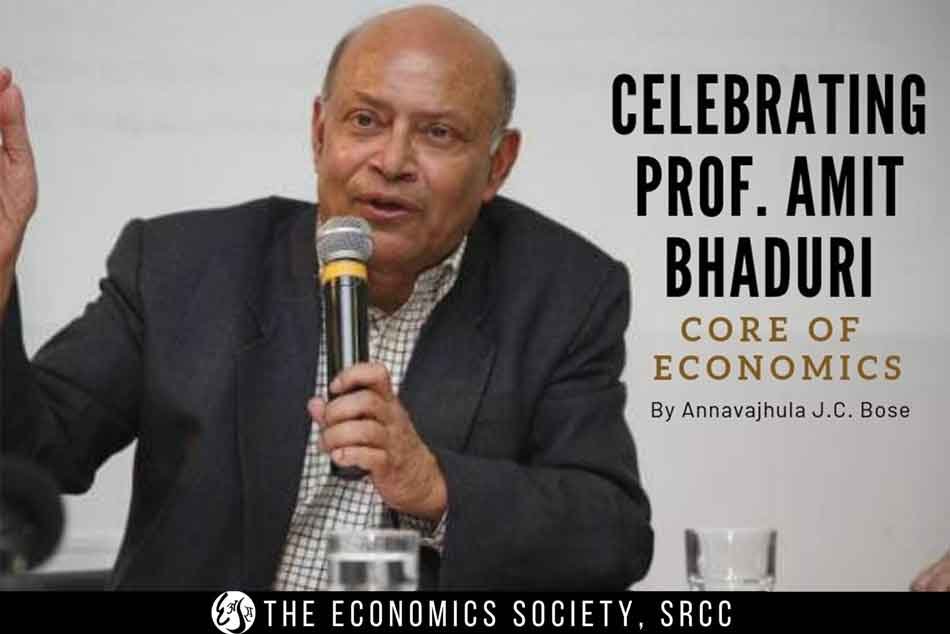"Trigger Warning: Autism spectrum disorder, epilepsy, anxiety, depression, schizophrenia, suicidal tendencies."
"Sin and cosec are positive in the second quadrant which is pi-theta. Tan and cot are positive in the third quadrant which stands for 2pi-theta. And cos and sec in fourth quadr......
Can I go where you go? Can we always be this close? Forever and ever and i-... hmm blondie really is the music industry isn't she."
*Smiles as if in eternal bliss*
"Wait, how did she solve this horrifying looking problem right here? These trigonometric ratios are floating like free entities at the top of my mind."
That’s how a lot of my classes go. Quite accurately, maladaptive daydreaming about Taylor Swift is one of my ways of survival through arduous classes. Although we all face issues with attention, daydreaming and procrastination, the consistency of the same and various other symptoms indicate developmental disorders like ADHD. Since a thin line bisects usual human behavior and real diagnosis of developmental disorders, children are prone to be misdiagnosed. In various cases, where the family is not as educated, or supportive, children face negligence and are never taken to a consultant in the first place. Henceforth they develop low self-esteem, communication issues, social anxiety etc. In precise language, Attention Deficit Learning Disorder (ADHD) is a neurodevelopmental disorder that leads to altered behavior, poor academic performance and sometimes problems with reading and writing. Children face problems with attention, impulsivity, carelessness, hyperactivity, executive dysfunction, and the like. The onset usually starts from toddlers and can persist till adulthood. Symptoms of various learning disorders often overlap, which is another hindrance to assured correct diagnosis and treatment.
That’s how a lot of my classes go. Quite accurately, maladaptive daydreaming about Taylor Swift is one of my ways of survival through arduous classes. Although we all face issues with attention, daydreaming and procrastination, the consistency of the same and various other symptoms indicate developmental disorders like ADHD. Since a thin line bisects usual human behavior and real diagnosis of developmental disorders, children are prone to be misdiagnosed. In various cases, where the family is not as educated, or supportive, children face negligence and are never taken to a consultant in the first place. Henceforth they develop low self-esteem, communication issues, social anxiety etc. In precise language, Attention Deficit Learning Disorder (ADHD) is a neurodevelopmental disorder that leads to altered behavior, poor academic performance and sometimes problems with reading and writing. Children face problems with attention, impulsivity, carelessness, hyperactivity, executive dysfunction, and the like. The onset usually starts from toddlers and can persist till adulthood. Symptoms of various learning disorders often overlap, which is another hindrance to assured correct diagnosis and treatment.
Hindrances
Studies have found that many hindrances project from poverty. "Poverty is often associated with increased adverse childhood experiences and trauma," said Dr. Victor Fornari, vice chair of child and adolescent psychiatry. "Early childhood trauma changes the brain and our genes, with epigenetic changes that are real." Epigenetics is a key term to dichotomize here. It is the study of how your behaviors and environment can cause changes that affect the way your genes work. Genes play a significant role in your health, but so do your behaviors and environment. Early childhood difficulties in the environment stem hindrances in healthy growth and education of the child. Such instances can develop behavioral problems which persist and develop learning disabilities. Indian Journal of Psychiatry states that the prevalence of ADHD in India, at 11.33% is higher than the global estimate.
Most times, such a condition goes undiagnosed, and children struggle throughout their lives into adulthood. Prevalence of ADHD has increased, and multiple studies have found poverty and negligent parents to be crucial factors in the discussion. The same has been observed for various other developmental and mental health disorders like autism spectrum disorder, epilepsy, anxiety, depression, schizophrenia, suicidal tendencies, and the like. Prevalence of such disorders is more seen in low-income communities which is ironic and contradictory to the fact that their treatment and continuous therapy is very high-end and less accessible. Often synonymous to the misleading stereotype of: “Therapy is meant for the rich”, treatment can include speech therapy, medicines, drug trials, or special schools consistently and simultaneously. Financial inequality barricades a huge population of the country to responsive healthcare systems. It can deliver deteriorating economic results with respect to equality and a holistically sound economy and decreases the happiness of the country. It adds up to the idea of a less welfare- based economy and more profit generating economy, which is archaic.
Ethnic and racial differences as well dominate statistics and are illustrated as hindrances. In 2016, nearly 14% of children aged 3–17 years were reported as having been diagnosed with either attention-deficit/hyperactivity disorder (ADHD) or a learning disability; non-Hispanic black children were the most likely to be diagnosed at 16.9%. Studies capture how socio-economic parity of the country changes its demographics. It can relevantly strengthen the healthcare systems which are horrendous areas for the less privileged. Equality can in fact be an effective resource in mitigating disorders. Various countries have tried to fix this flawed system by providing cheaper/ free healthcare. While it is a great first step, reducing the economic and social gap is the crux of the solution to the bigger issue. Previous research has attributed the disparity in the diagnosis of developmental conditions to language, service, and cultural barriers as well. Education and awareness are the principal ingredients in this solution to encourage early intervention. Learning disabilities are untold paragraphs of the story. They need to be narrated to the public with all the plots and curve lines and catchphrases. A positive attitude needs to be reflected on the public, the parents, the schools, and the children most importantly to inculcate empathy in adjunct education.
The Conclusion
Thus income, ethnicity, education, behavior, and childhood experience all frame developmental disorders and can be the sources of children’s struggle with learning disabilities. Genes and environmental changes are always additional factors from which ADHD and other learning disabilities originate. To provide just healthcare, these arrays of hindrances need to be propelled away. Performing these activities on both local and central levels is a must do goal. A lot of apps, resources, and internet content have made this vision more attainable. Developmental disorders are complicated, and children with these disorders are often underrated and discouraged to even try to pursue higher education. The lesser known story of Albert Einstein about his struggles with Autism, Attention Deficit Hyperactivity Disorder and dyslexia; the most acclaimed movie Taare Zameen Par with an eight year old dyslexic kid, and all of these embody the false claim by society of inferiority of children with learning disabilities. The same kids can fly and soar and have the potential to be the Taare themselves.
Anvi Jain
Writing
Mentorship 2022




